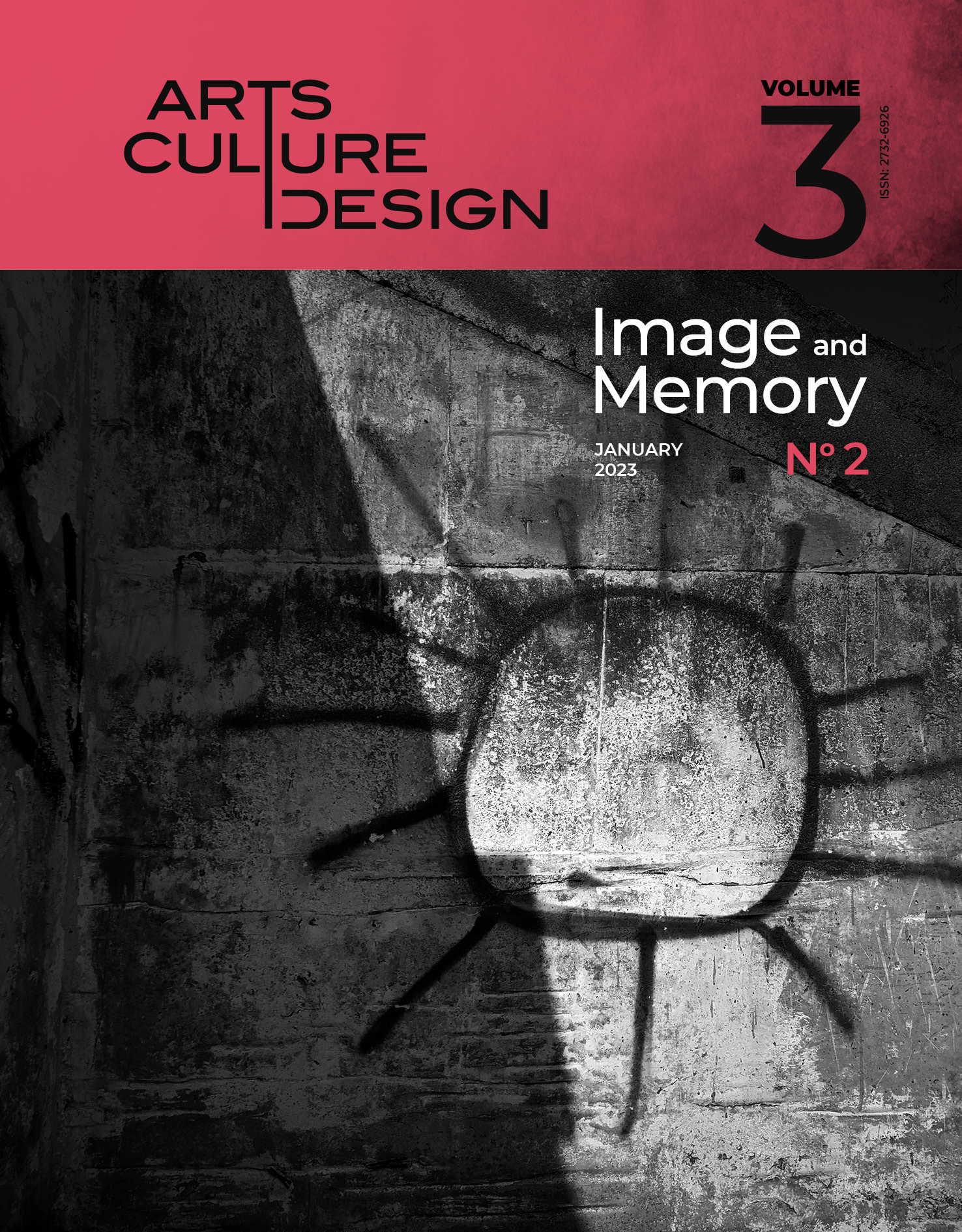THE RENEWAL OF THE GREEK ILLUSTRATED CHILDREN’S BOOK DURING THE METAPOLITEFSI

Abstract
With the restoration of democracy in Greece in 1974 a period of transition began, known as metapolitefsi, which saw deep political, social and economic changes. Progressive developments also occurred in art, culture and education. The rules of the new pedagogy affected the field of literature and more specifically children’s illustrated books. Thus, writers departed from the old conservative models, dominated by protectionism and superficial idealism. Instead, they introduced political, social and environmental concerns, while the language became friendlier and modern. At the same time, illustrators such as Kyritsopoulos, Zarampouka, Fakinou, Maroulakis, Psaraki a.s.o., begin to move away from the dry literalness and naive realism of most of their predecessors. They draw on a wide range of sources, from cartoons to abstraction and from Art Nouveau to Pop Art, they experiment with techniques never before used in Greek book illustration, and use innovative symbolism to convey textual meanings. Their style becomes intimate, imaginative and humorous. Pictures are no longer a merely decorative accompaniment to the text which is particularly important. They often cover the entire surface of the page, and play a decisive role in the development of the story. In short, they become central to the experience of the book. It is no coincidence that the young illustrators of the 70s and 80s often wrote their own texts. Typography, too, escapes from strict rules. Handwritten lettering, previously unheard of in Greek books, is often used on covers and title pages. Overall, during the early years of the Greek metapolitefsi, children’s illustrated books changed radically and caught up with international developments. The predictable layout and obvious didacticism of previous decades, especially during the military junta (1967-1974), gave way to sophistication, sensitivity and wit, fresh and intelligent ways of introducing children to real-life social and ethical issues.
Article Details
- How to Cite
-
Delfino, I. (2023). THE RENEWAL OF THE GREEK ILLUSTRATED CHILDREN’S BOOK DURING THE METAPOLITEFSI. Design/Arts/Culture, 3(2), pp. 40–51. https://doi.org/10.12681/dac.31359
- Section
- Articles

This work is licensed under a Creative Commons Attribution-NonCommercial-ShareAlike 4.0 International License.
The copyright for articles in this journal is retained by the author(s), with first publication rights granted to the journal. By virtue of their appearance in this open access journal, articles are free to use (with the exception of the non-granted right to make derivative works) with proper attribution for non-commercial uses (licence Creative Commons 4.0). EKT/NHRF retains the worldwide right to reproduce, display, distribute, and use articles published in DAC in all formats and media, either separately or as part of collective works for the full term of copyright. This includes but is not limited to the right to publish articles in an issue of the Journal, copy and distribute individual reprints of the articles, authorize reproduction of articles in their entirety in another EKT/NHRF publication, and authorize reproduction and distribution of articles or abstracts thereof by means of computerized retrieval systems.
DAC journal considers all submitted artwork on the condition author(s) confirm that third-party intellectual property rights are not violated in any way.
Author(s) are responsible for securing permissions to publish copyrighted material, such as photographs and other artwork and for paying any fees involved. Production of an article will not begin until the editor has received all relevant permissions.
The copyright for published articles in Design | Arts | Culture is retained by the author(s). By virtue of their appearance in this open access journal, articles can be used freely, with proper attribution, for educational and other non-commercial purposes.


